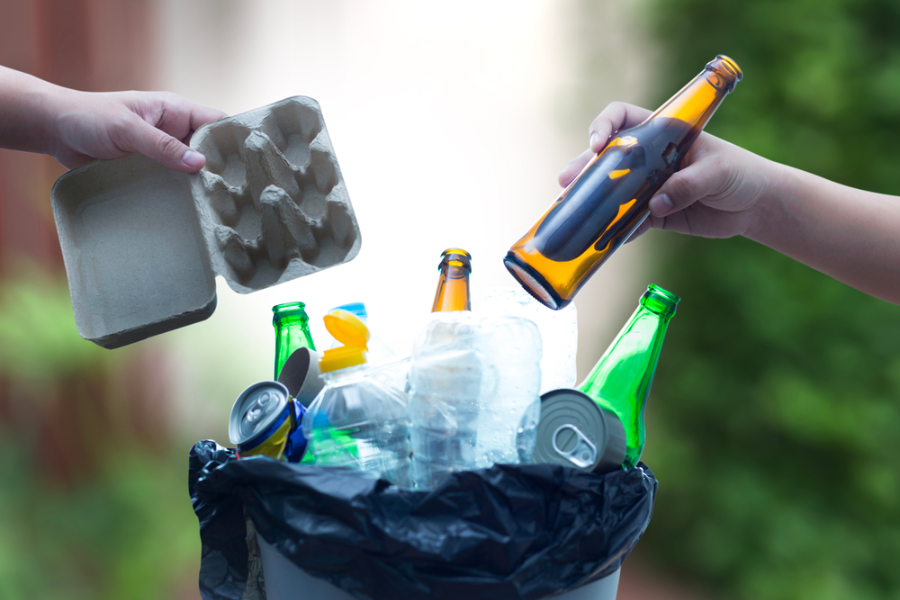Why a Market-Based Tire Recycling System Shouldn’t Be Scrapped
March 12, 2019
This guest blog is courtesy of Paul Arellano.
Tire recycling is a mixed industry. There are government regulations that determine how to legally dispose of used tires, yet the system is still largely market-based. There are some who favor greater government control of the tire recycling industry. While it’s true that government regulation is a necessity, a market-based system shouldn’t be scrapped entirely.
Pros and Cons of a Market-Based System
Although a market-based system has its benefits, there is no doubt this industry would look very different without government involvement. Many businesses and individuals would probably choose not to recycle, but rather dispose of their tires in a landfill if there were no penalties for doing so. There might be less of a demand for rubber in the civil engineering industry if the government did not award tire recycling grants.
The current system has seen great success, however, and greater government regulation may not be necessary.
A 90% Success Rate
In any recycling effort, a 90% success rate is cause for celebration. The recycling programs in the state of Maine and the City of San Francisco serve as two shining examples. Maine’s 90% success rate for beverage reclamation is lauded as an industry benchmark. In San Francisco, the city’s 80% diversion rate frequently garners praise.
The recycling rate for the scrap tire industry is particularly impressive when one considers that anything metal typically enjoys a more mature recycling market than that of non-metallic recyclables.
It’s worth noting that U.S. laws have largely taken a hands-off approach to requiring vehicle or home appliance manufacturers to finance the recycling costs of their products. This is because the recycling markets within these industries continue to thrive without product stewardship laws, just as the recycling markets for scrap tires do.
Pros and Cons of a Government-Controlled System
Government regulation increases the demand for tire recycling services and tire-derived products. It incentivizes proper disposal of tires and protects the environment. A system entirely controlled by the government, however, would ultimately be detrimental.
Well-intentioned lawmakers often meddle with a well-functioning system in an effort to make it work even more efficiently. The effect can be deleterious, to say the least. Take, for example, Connecticut Senate Bill 869, which would explore the benefits of establishing licenses or permits for tire haulers, along with developing a new stewardship program. This program would force tire producers to increase prices to cover the end-of-life costs associated with the disposal of their products.
In its support of SB 869, the Connecticut Recyclers Coalition (CRC) points out that it has supported other producer responsibility efforts in the areas of e-waste, paint, and mattresses, and each of those programs have resulted in significant savings for taxpayers and municipalities.
While it is difficult to argue with the successes the CRC identifies regarding paint, electronic waste, and mattresses, scrap tires shouldn’t necessarily be brought under the same umbrella.
The TIA Weighs In
In its written testimony to the Connecticut Senate Environment Committee, the Tire Industry Association (TIA) writes: “Based on the knowledge we have from within the industry, the shared responsibility approach to scrap tire management has been very successful in the United States.”
Continuing this line of discussion, the TIA elaborates:
“The free-market based shared responsibility approach has established a successful, stable scrap tire management infrastructure, regulated by state laws governing tire hauling, storage, processing and end-use markets to ensure the system is properly maintained and operated.”
A Self-Governing and Self-Sustaining Industry
The tire recycling industry has taken great care to clean up its act and its image. Technology has assisted this effort tremendously.
This is not to say, of course, that the scrap tire industry hasn’t been helped by state and local laws regulating tire hauling, storage and processing. It has. The difference is that these regulatory efforts have worked in concert with the industry. Additional legislation like Connecticut SB 869, by contrast, would disrupt the industry by adding unnecessary layers of bureaucracy, increasing costs without adding appreciable benefits, and creating barriers to a system already known for innovation and efficiency.
Paul Arellano is the Sales & Marketing Manager at Lakin Tire, a tire recycling company that was founded in 1918—its motto—giving new life to old tires through creative thinking, innovative recycling processes and optimized scrap-tire management.
NERC welcomes Guest Blog submissions. To inquire about submitting articles contact Lynn Rubinstein. Disclaimer: Guest blogs represent the opinion of the writers and may not reflect the policy or position of the Northeast Recycling Council, Inc.
Share Post





